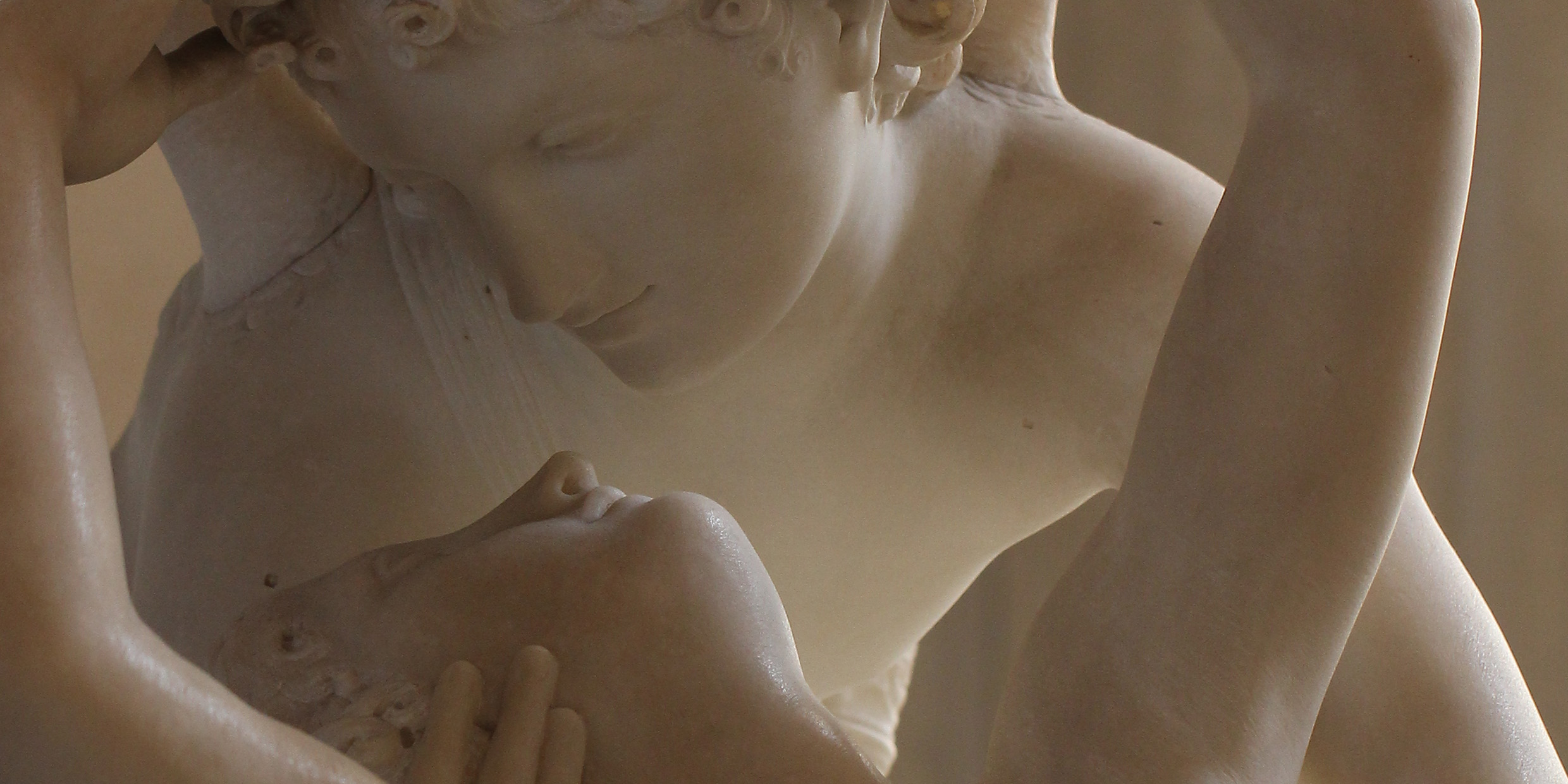Originally published 20 February 2005
Mouths. I want to write about mouths. These lips I caress with my fingertip. These teeth I bare. This tongue, curled and soft like a bear in its den. This throat, strung with the instruments of speech.
Speech, yes speech. Songs. Promises. Poems. Curses. Jokes. Prayers.
No other organ of the body, not even the hand, is capable of such muscular subtlety. A whistle. A hiss. A Bach oratorio. “When to the sessions of sweet silent thought…” What hand can shape such syllables, empty the chambers of the mind into the world?
And kisses. The mouth is an organ of love. It whispers sweet nothings. It nibbles, it moistens, it paves the way.
Oral. We know what psychologists mean by the word. An oral personality is open, outgoing, accepting of the lush messiness of life. The opposite: inward turning, fastidious, a lidded tomb.
The cord is cut. The child’s mouth is waiting for the breast, for reconnection. O! The shape of the lips. An exclamation of delight. Of discovery.
They say the eyes are the windows of the soul. I’d say the mouth. And not just a window, but a door too. The breath going in and out. Psyche: breath, life, soul.
Whence this aperture, this Ali Baba’s cave?
Most animals have mouths. It is part of the plan. Insects, birds, fish, reptiles, mollusks, mammals.
Consider for a moment the little worm, Caenorhabditis elegans, about as big as this letter i, the simplest animal with a complete digestive system and a favorite of developmental biologists. It consists of exactly 959 cells, all of which can be observed under a microscope. It has been described as “a tube within a tube,” an alimentary canal from mouth to anus, wrapped up with a primitive nervous system and reproductive system in an outer skin.
C. elegans is a nematode, the most numerous multicellular animals on Earth, with tens of thousands of described species. A handful of soil contains thousands of nematodes. They are parasites of plants and animals, including humans, feeding on bacteria, fungi, and other nematodes. Some are as small as C. elegans; some are twenty feet long.
The biologist Nathan Cobb once asked us to imagine all the matter of the Earth suddenly vanishing except for nematodes. A ghostly shadow of the former world would remain, he said — hills, vales, rivers, seas, plants, and animals — all recognizable by clouds of their nematode residents.
A tube within a tube. That’s the basic plan of most animal life. C. elegans has just 959 cells, compared to trillions in the human body, but it has a mouth that gulps and gobbles. An in-hole and an out-hole, with some extraction machinery in the middle.
The mouth is the active organ in the alimentary system. The hunter, the grazer, the plunderer. Touch, taste, smell, sight, hearing, motility, a nervous system: all are there to help the mouth find food.
Not all animals have mouths. Sponges, for instance, let nutrients in and waste out through a honeycomb of pores. Some other primitive animals, such as jellyfish, have only one opening for both feeding and excretion. But early in the Cambrian Era the “tube within a tube” design evolved and proved fabulously successful. The inner tube and the outer tube subsequently diversified magnificently, but we at least have that in common with nematodes and great blue whales.
Our lips are for opening and closing the inner canal, our tongue is for swilling, our teeth for tearing and grinding, the muscles of our throat for swallowing. This is inherited biological equipment meant for a world of tooth and claw, of eating and being eaten, of feeding ultimately off plants that alone can take energy directly from the sun. But by wonderful accidents of evolution we have co-opted these body parts to serve not just the stomach and intestines, but also the brain.
We have taken the nematode’s voracious maw and turned it into a kiss, syllables, song.



